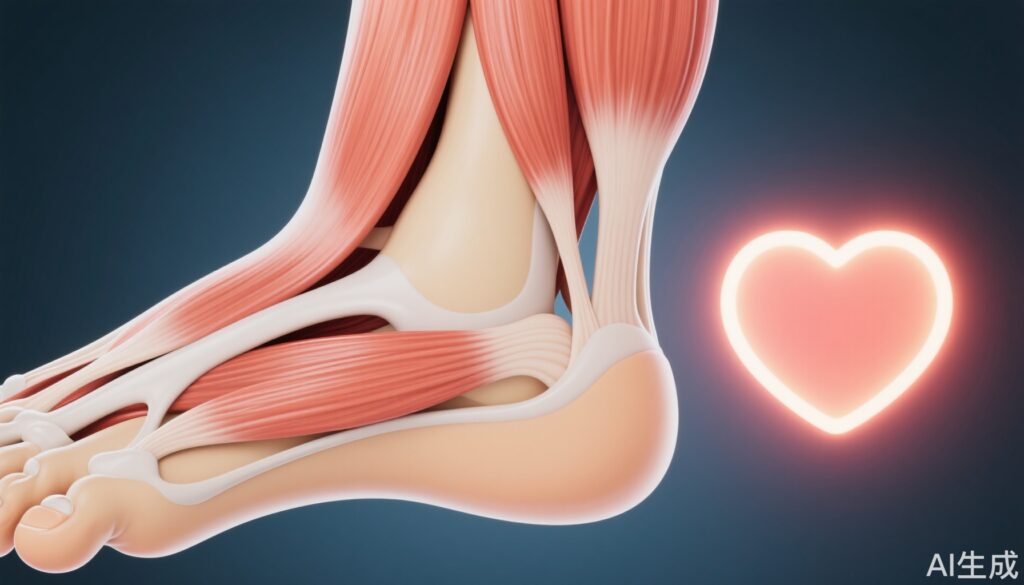Background
The human body is a marvel of biological engineering, with each system and component contributing to overall health and functionality. Among these, the soleus muscle, located in the lower leg, plays an unassuming but vital role. Often referred to as the body’s “second heart,” this muscle aids circulation and helps maintain cardiovascular health. Yet, many are unaware of its significance and potential when it comes to exercise and wellness.
Scientific and Clinical Evidence: What the Data Tell Us
The soleus muscle is a powerful calf muscle responsible for plantar flexion at the ankle, which is essential for walking, running, and maintaining posture. More importantly, its contraction assists venous blood return to the heart, especially from the lower extremities. In situations of prolonged sitting or standing, the soleus muscle’s periodic contraction helps prevent venous pooling and can reduce the risk of deep vein thrombosis (DVT). Studies have shown that individuals who regularly engage their soleus through moderate exercise or specific activities experience improved blood pressure regulation and vascular health.
Misconceptions and Harmful Behaviors
A common misconception is that the soleus muscle only benefits from intense aerobic workouts. While such activities do engage this muscle, even simple movements like calf raises or seated foot flexion can be beneficial. Neglecting to activate the soleus, especially in sedentary lifestyles, can lead to compromised circulation and increased cardiovascular strain. Another harmful behavior is prolonged immobility, which disables the muscle’s pumping action and heightens health risks.
Correct Health Practices and Practical Exercises
To optimize the benefits of the soleus muscle:
– Engage in regular exercises like walking, jogging, or cycling, which inherently involve the soleus.
– Incorporate targeted exercises such as seated calf raises or toe-tapping movements while at a desk.
– Avoid extended periods of immobility by standing up and moving periodically throughout the day.
By actively including these practices, individuals can significantly enhance their circulation and minimize the risk of vascular complications.
Expert Recommendations and Insights
Medical experts recommend viewing the soleus not merely as a muscle but as a critical component of the cardiovascular system. Dr. Jane Thompson, a vascular health specialist, emphasizes, “The soleus muscle’s unique role makes it indispensable for maintaining a healthy circulatory system. Incorporating simple exercises into your daily routine can have profound effects on your overall health.”
Patient Scenario
Consider John, a 45-year-old office worker who spends most of his day seated. He began experiencing mild swelling in his ankles and general fatigue. Upon consulting a physician, he was advised to perform simple soleus-engaging exercises and integrate more walking into his routine. Within weeks, John noticed a significant improvement in his energy levels and a reduction in swelling, illustrating the muscle’s impact.
Conclusion
The soleus muscle is a cornerstone of circulatory health, aptly earning its nickname as the body’s “second heart.” By understanding and leveraging its function, individuals can improve their vascular health and overall well-being. Simple yet consistent exercises targeting this muscle can yield long-term benefits, making it a key focus for both fitness enthusiasts and those leading sedentary lifestyles.



